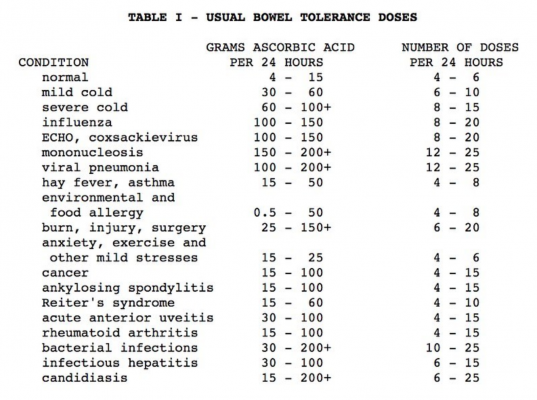By not watching the news and not reading the newspapers I have been unaffected by mass panics and still somehow managed to get all the important information.
Only in the last few years we have seen bird flu, swine flu, SARS, and other things I can’t remember, and each of these ‘epidemics’ was to quickly become a pandemic and wipe out at least half of the population. However, this never happened.
Historically, the best strategy for any epidemic has always been the following:
1. hygiene (washing hands, clean water, clean clothes and bedding, ventilating the house, isolating the sick),
2. good immunity (not everyone who was exposed/infected got sick, not everyone got seriously ill, not all of the seriously ill died),
3. being away from human settlements (the largest percentage of the sick and dying was always among the poor living in overcrowded, stuffy, dirty slums that swarmed with rats and vermin – such a sight was quite common, for example, in New York at the beginning of the last century),
4. good general condition (malnutrition, deficiencies, lack of exercise, sun, fresh air – these factors are always harmful for the body).
So let’s think about the potential measures that have an antiviral effect and about things we can do to combat them effectively.
From almost a hundred years of experience of practitioners, such as Dr. Klenner, we know that vitamin C in sufficiently high doses combats viruses within a maximum of 72 hours. The doses that guarantee recovery depend on the condition of the patient and the virulence of the virus. The more severe the patient’s condition, the higher the doses should be used, but always observe the reactions and adapt accordingly.
Dr. Cathcart claimed that when admitting a patient to the hospital the doctor should first give him or her a vitamin C drip and only then think about the diagnosis. A deficiency of vitamic C has a great impact on the patient’s condition and the supplementation of vitami C can greatly influence the pace and course of recovery.

This table shows that the effective dose of vitamin C for flu is 100-150 grams per day, divided into 8-20 doses! So let’s say 5-8 grams of vitamin C every hour.
At the beginning of the month, I tested this when trying to recover from the first flu in twenty years using our successful method: 1000 mg every half hour until the symptoms subside. This time, I had to take 80,000 milligrams in a day before I saw the first signs of improvement.
What can we do to reduce the risk of coronavirus infection?
You can almost certainly do the following. If you watch the news, you may find it difficult to completely calm down, but maybe you will start feeling that you are doing something meaningful and minimizing the risk of getting sick for yourself and your family:
- Take care of hygiene, with particular emphasis on washing your hands. Use ordinary soap, but be thorough.
- Go out into the fresh air, even if only for a short walk or get out on the balcony during quarantine.
- Ventilate you house, especially those rooms where people sleep.
- Go out in the sun and build up your natural vitamin D levels (also in UVB tanning beds) or replenish it with supplements.
- Eat real, live food – the less processed it is, the better for the bacteria that inhabit the body, which are the basis of our immunity.
- Replenish deficiencies – during an infection, the body uses up its reserves of vitamin C and zinc. Vitamin E is also a strong antioxidant.
- Avoid crowds.
- Avoid white sugar, which creates a toxic environment in the intestines and, among other things, lowers immunity (it also causes sinus inflammation).
So whether it’s influenza, coronavirus, bird flu, swine flu, SARS, RSV, or other viral crap, our strategy is always the same – high doses of vitamin C prophylactically, megadoses of vitamin C during infection, supplementation of zinc, iodine, syrups with propolis, garlic, pine blossom, herbs, honey, colloidal silver…
And since stress, especially chronic stress, is not very good for health, it is better to look at the situation resonably and focus on what you can do. And you can do a lot. We are not passive observers of this performance. We can take our health into our own hands and I strongly encourage everyone to do so, especially parents of young children.
Remember:
1. not everyone who comes into contact with the virus will become infected,
2. not everyone who gets infected will get sick,
3. Not everyone who gets sick will die.
Do what you can to support your immunity and that of your loved ones.
We use this vitamin C for all infections

 Polski
Polski
